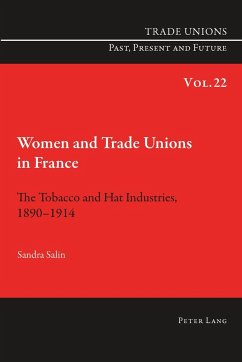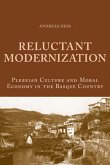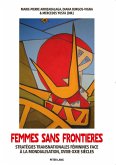Based on the thorough examination of French archival sources, this book examines in detail two industries in which women formed the majority of the workforce in France between 1890 and 1914. The choice of the tobacco and hat industries is particularly relevant in the sense that the tobacco industry, unlike the hat industry, was a state monopoly in which women were in the majority and held meaningful responsibilities in unions at a time when women were generally in the minority and under-represented in the labour movement.
The main aim of this comparison is to assess and qualify differences between both industries in terms of workforce and work organisation, trade unions' attitudes to women and women's membership and participation in order to get a better understanding of the factors that could have had an impact on female workers' attitude towards trade unions.
By making women's presence more visible, therefore more apprehensible, this book contributes to a better understanding of the way in which women perceived themselves, and were perceived, as workers, women, union members and militants in French trade union history prior to 1914.
The main aim of this comparison is to assess and qualify differences between both industries in terms of workforce and work organisation, trade unions' attitudes to women and women's membership and participation in order to get a better understanding of the factors that could have had an impact on female workers' attitude towards trade unions.
By making women's presence more visible, therefore more apprehensible, this book contributes to a better understanding of the way in which women perceived themselves, and were perceived, as workers, women, union members and militants in French trade union history prior to 1914.








